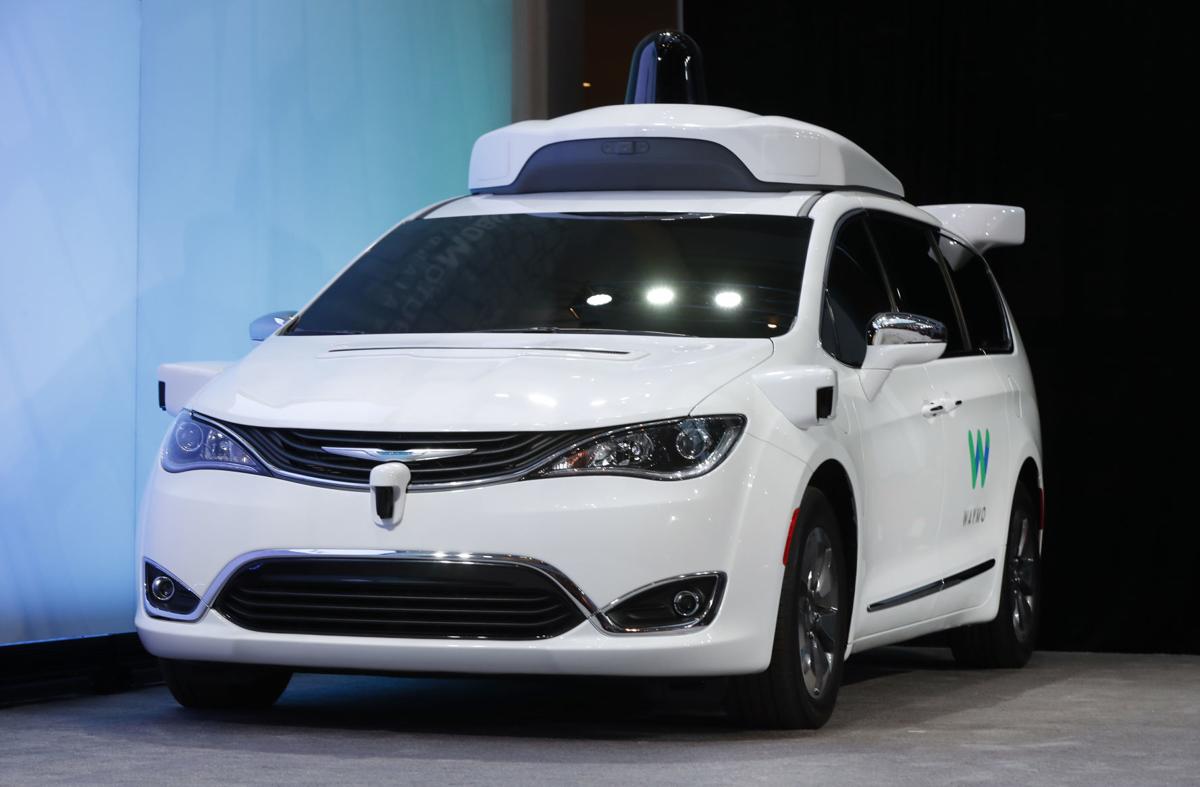SAN FRANCISCO — Google’s self-driving car spinoff is finally ready to try to profit from its nearly decade-old technology.
Waymo is introducing a small-scale ride-hailing service in the Phoenix area that will include a human behind the wheel in case the robotic vehicles malfunction.
The service debuting Wednesday marks a significant milestone for Waymo, a company that began as a secretive project within Google in 2009. Since then, its cars have robotically logged more 10 million miles on public roads in 25 cities in California, Arizona, Washington, Michigan and Georgia while getting into only a few accidents — mostly fender benders.
The company is initially operating the new service cautiously, underscoring the challenges still facing its autonomous vehicles as they navigate around vehicles with human drivers that don’t always follow the same rules as robots.
The service, dubbed Waymo One, at first will be available only to a couple hundred riders, all of whom had already been participating in a free pilot program that began in April 2017. It will be confined to a roughly 100-square-mile area in and around Phoenix, including the neighboring cities of Chandler, Tempe, Mesa, and Gilbert.
Although Waymo has been driving passengers without any humans behind the wheel in its free pilot program, it decided to be less daring with the new commercial service.
“Self-driving technology is new to many, so we’re proceeding carefully with the comfort and convenience of our riders in mind,” Waymo CEO John Krafcik wrote in Wednesday blog post heralding the arrival of the new service.
The ride-hailing service is launching in the same area where a car using robotic technology from ride-hailing service Uber hit and killed a pedestrian crossing a darkened street in Tempe, Arizona seven months ago. That fatal collision attracted worldwide attention that cast a pall over the entire self-driving car industry as more people began to publicly question the safety of the vehicles.
“I suspect the Uber fatality has caused Waymo to slow down its pace a bit” and use human safety drivers in its ride-hailing service,” said Navigant Research analyst Sam Abuelsamid. “If people keep dying, there will be a bigger backlash against these vehicles.”
The Uber robotic car had a human safety driver behind the wheel, but that wasn’t enough to prevent its lethal accident in March.
Waymo’s self-driving vehicles are still susceptible to glitches, as an Associated Press reporter experienced during a mid-October ride in an autonomous minivan alongside Krafcik near company’s Mountain View, California, headquarters.
The minivan performed smoothly, even stopping for a jaywalker, before abruptly pulling to the right side of the road. Ahead was a left-turning FedEx delivery truck. In a digital message to the two human backup drivers, the van said it “detected an issue” and it would connect to a rider support agent. Rider support didn’t respond, so they switched to manual mode and returned to Waymo headquarters.
At that time, Krafcik conceded to the AP that Waymo’s self-driving vehicles were still encountering occasional problems negotiating left-hand turns at complicated intersections.
“I think the things that humans have challenges with, we’re challenged with as well,” Krafcik said. “So sometimes unprotected lefts are super challenging for a human, sometimes they’re super challenging for us.”





